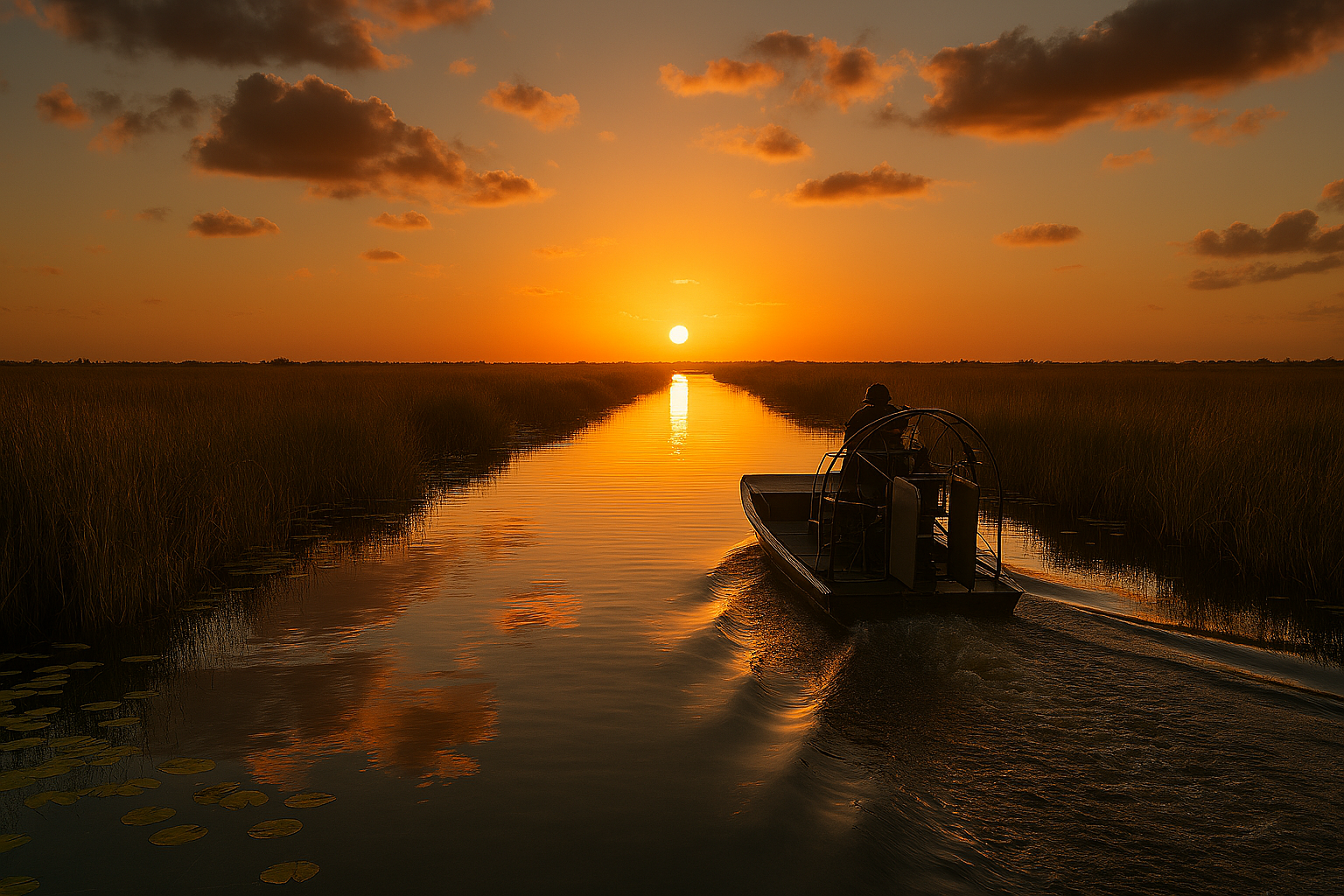Florida, often celebrated for its sunshine, beaches, and wildlife, is facing a wave of serious environmental and public health challenges this year. From worsening red tide algae blooms to record-breaking temperatures and wildfires, the Sunshine State is grappling with threats that affect its ecosystems, economy, and residents’ well-being.
Here’s a closer look at the most pressing issues impacting Florida today—and what’s being done to address them.
🔴 Red Tide Returns: A Growing Threat to Florida’s Coast
One of the most urgent environmental issues in Florida in 2025 is the resurgence of red tide, caused by the harmful algae Karenia brevis. These toxic blooms have returned to Florida’s Gulf Coast, killing marine life, damaging fisheries, and triggering respiratory problems in people living nearby.
Key facts:
- Red tide has been reported in multiple coastal counties, including Pinellas, Sarasota, and Lee.
- The algae releases airborne toxins, worsening air quality and causing health issues such as coughing, throat irritation, and asthma flare-ups.
- Local economies that depend on tourism and fishing are seeing major slowdowns due to beach closures and contaminated waters.
Environmental groups and health officials are urging Governor Ron DeSantis to declare a state of emergency to release funds and resources for cleanup and mitigation.
🔥 Florida Wildfires: A Growing Climate Crisis
So far in 2025, Florida has seen over 1,300 wildfires, burning more than 57,000 acres of land. These fires are fueled by a combination of extreme heat, drought, and strong winds, all symptoms of accelerating climate change.
What is happening:
- The Florida Forest Service reports that fire risk is at an all-time high in central and northern counties.
- Evacuations and property damage are rising, putting stress on emergency services and displacing families.
- The smoke from wildfires is contributing to poor air quality, which poses additional public health risks—especially for vulnerable populations like children and seniors.
Climate scientists warn that unless stronger land management and carbon reduction strategies are implemented, wildfire seasons in Florida will only grow longer and more destructive.
🏥 Public Health Concerns on the Rise
Environmental issues aren’t just damaging Florida’s ecosystems—they’re also endangering public health.
Top concerns:
- Air Quality Alerts: Caused by red tide and wildfire smoke, leading to increased ER visits for respiratory conditions.
- Water Contamination: Agricultural runoff, red tide toxins, and failing infrastructure are affecting drinking water in some regions.
- Vector-Borne Diseases: Warmer, wetter conditions are leading to a rise in mosquito-borne illnesses like West Nile virus and dengue fever.
The Florida Department of Health has issued advisories in several counties, urging residents to stay indoors during heavy smoke or algae outbreaks and to monitor updates closely.
🌿 What You Can Do
Even as large-scale solutions are debated, residents can take small steps to protect themselves and the environment:
- Check the Florida Department of Environmental Protection website for red tide and air quality alerts.
- Avoid fertilizing lawns during rainy seasons to reduce nutrient runoff.
- Install air purifiers and monitor indoor air quality.
- Support local conservation efforts and vote for environmentally conscious policies.
Final Thoughts
Florida’s natural beauty is under threat from environmental and public health emergencies that demand urgent action. Whether you live in Miami, Tampa, or a quiet coastal town, these challenges affect everyone—from the air we breathe to the water we drink.
By staying informed and proactive, residents and visitors alike can play a part in protecting Florida’s future.

